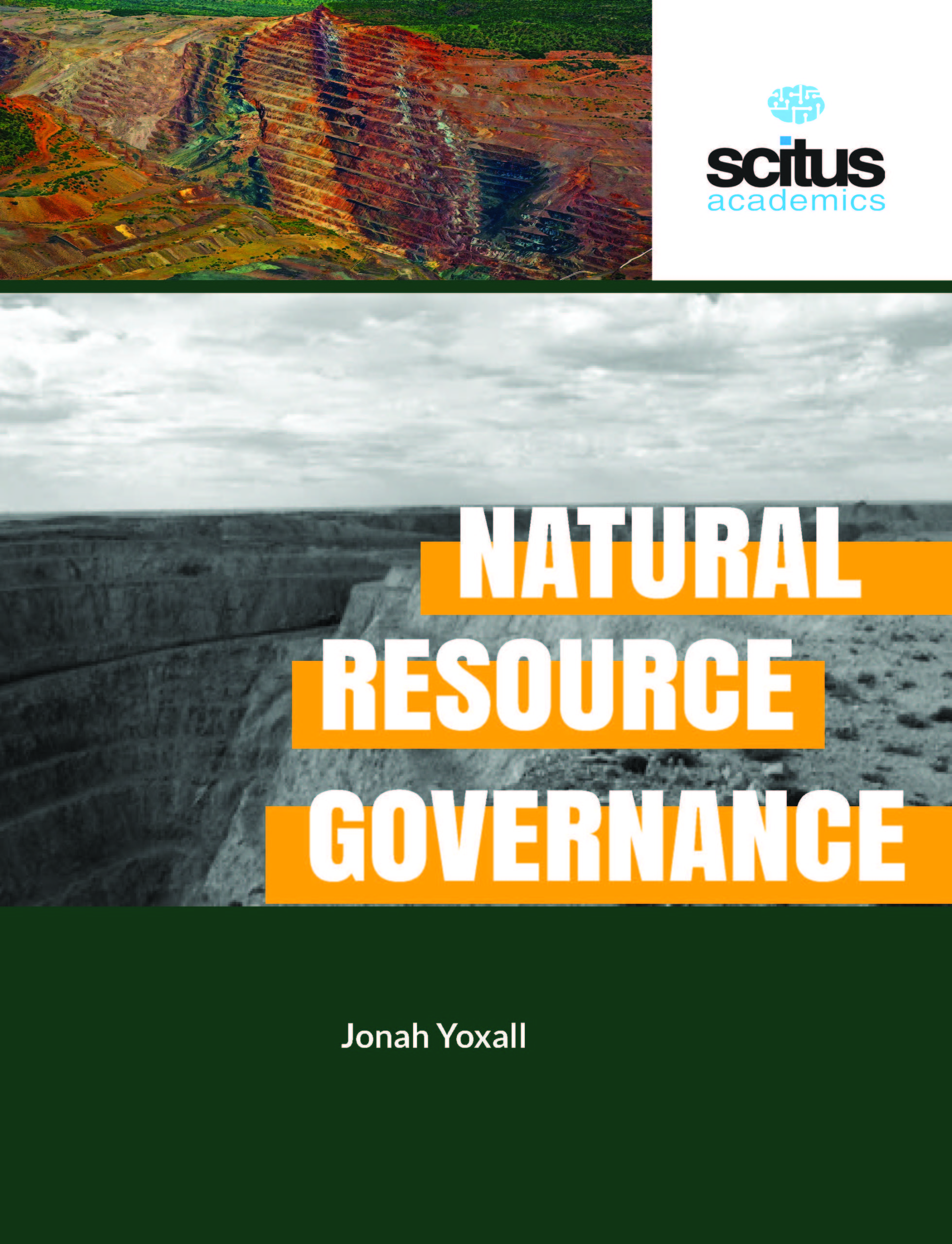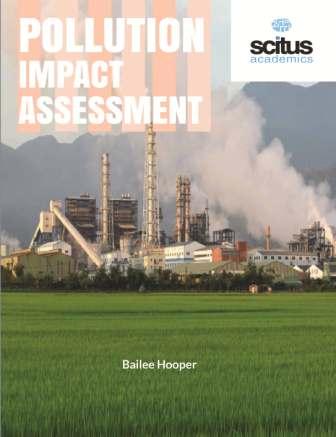Resources play a vital role in the development of a nation such as fossil fuels for energy generation and mineral resources for industrial development. With the growing population, natural resources are becoming scarce, and then they need to be preserved. Degrading natural resources may also reduce the vulnerability of rural households, which, in turn, may improve their over-pressure of natural resources. Natural Resource Management is concerned with controlling the interaction between people and natural landscapes. It brought together land use planning, water management, biodiversity conservation and the future sustainability of industries such as agriculture, mining, tourism, fisheries and forestry. Sustainable methods are required to manage the complexities of the use of natural resources, agriculture and rural development at global, national and local levels. Effectiveness and quality of governance mechanisms essentially assess both the extent to which habitats contribute to human well-being and the long-term prospects for sustainable nature conservation. Ensuring rights and sharing power and obligations through improved governance of natural resources benefits both people and biodiversity. Governance is, therefore, a critical cornerstone of a just world that protects as well as preserves nature and leads to the achievement of global sustainable development goals.
This book is organized into seven units. The book starts with an introduction to natural resource Bases. The book then goes on to explain the frameworks and challenges in order to natural resource governance. It explains legal and political environments in resource management and Ostrom design principles. Further, it focuses on local utilization and institutions and legal policy instruments in natural resource management. The policy and legal framework that has evolved in tune with the Constitutional provisions are effectively attuned to safeguarding the natural resources of the country, including forests, wildlife and biodiversity in general. This framework guides and directs the sustainable management of forests, ensuring the conservation of biodiversity and also respecting and upholding the rights of the local communities on lands and forest products. The readers are then explained about the Non-Timber Forest Products (NTFP) related policies and other acts. The important roles played by NTFP in the livelihood of rural and urban households cannot be overemphasized as the majority of rural households in developing countries, and a large proportion of urban households depend on the products to meet some part of their nutritional, health, house construction, or other needs. A large number of households also generate some of their income from trades in forest products. The book goes on to highlight the various efforts at the international and national scale. Finally, the book covers natural resource economics that focuses on the supply, demand, and allocation of the Earth’s natural resources. The main objective of natural resource economics is to gain a better understanding of the role of natural resources in the economy. By studying natural resources, readers will learn how to develop more sustainable methods of managing resources to ensure that they are maintained for future generations. This book is extensively prepared for the readers to have a ground understanding of natural resources and the need for conservation.












8xhyu –
buy clomiphene no prescription how to buy cheap clomiphene without dr prescription where can i buy cheap clomiphene pill where can i buy generic clomiphene without dr prescription how can i get clomid no prescription can i order clomid without insurance clomiphene tablet price
cheap legal cialis –
More delight pieces like this would urge the web better.
flagyl canine side effects –
This is the compassionate of scribble literary works I in fact appreciate.
k0dim –
zithromax 500mg over the counter – generic zithromax 250mg flagyl usa
vm6sg –
order rybelsus 14mg without prescription – periactin 4 mg for sale periactin 4mg generic
4ebzy –
domperidone 10mg tablet – cheap motilium 10mg cyclobenzaprine order online
hhanc –
inderal 10mg oral – purchase methotrexate generic methotrexate 2.5mg for sale
0eklv –
buy amoxicillin paypal – buy amoxil pill buy ipratropium 100mcg pill
mxt5v –
zithromax order – buy generic nebivolol 20mg buy generic nebivolol 20mg
nvq30 –
cost clavulanate – https://atbioinfo.com/ buy cheap generic acillin
ukt2l –
order esomeprazole 40mg sale – https://anexamate.com/ nexium usa
qannq –
purchase warfarin pills – anticoagulant losartan cheap
q8ulg –
meloxicam 7.5mg without prescription – https://moboxsin.com/ mobic pill
kekcy –
prednisone uk – corticosteroid prednisone 40mg over the counter
vacfl –
buy erectile dysfunction drugs over the counter – where to buy over the counter ed pills erection pills
rmz3y –
cheap amoxil generic – cheap amoxil pills where can i buy amoxil
gkng5 –
how to buy diflucan – flucoan buy forcan cheap